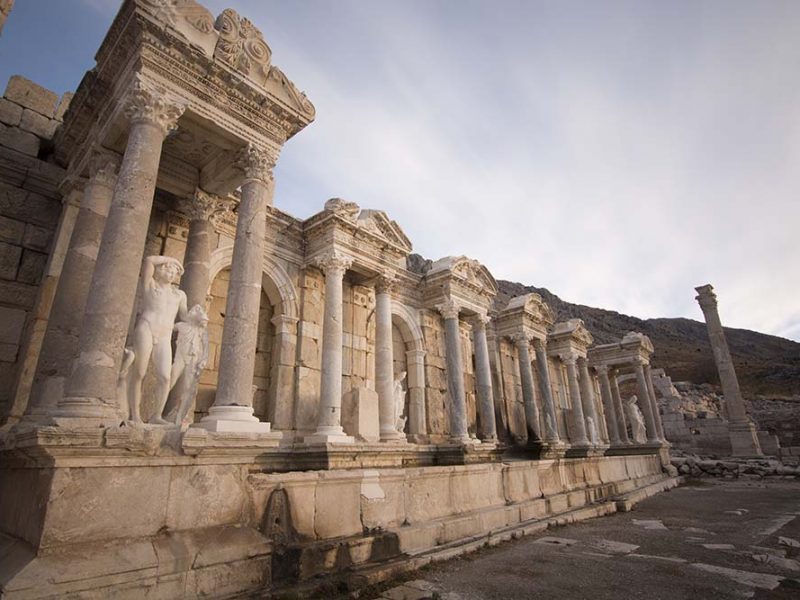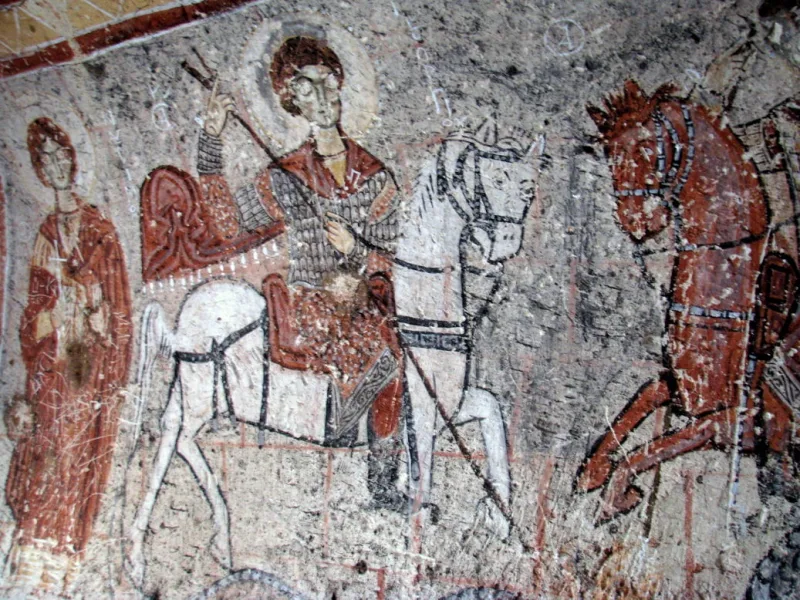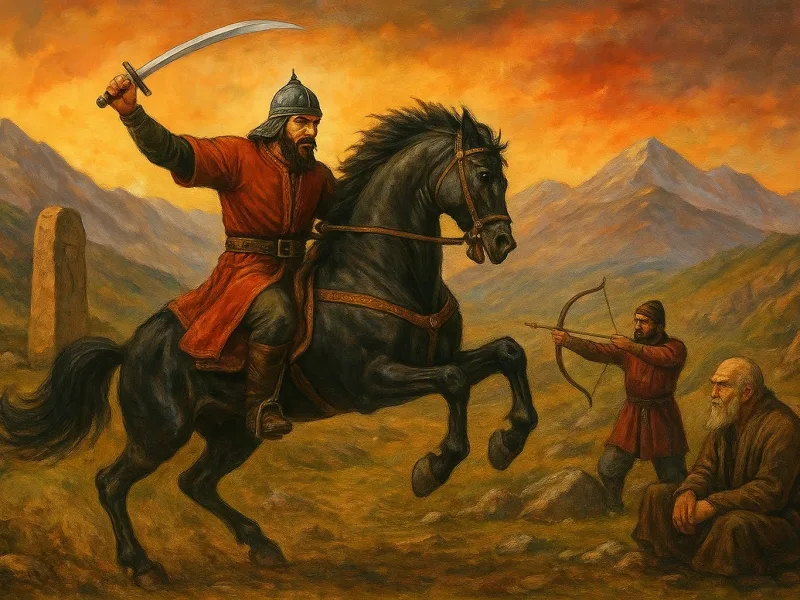Kırıkkale is a small Anatolian city that has been home to many different civilizations throughout its history. The city was home to ancient civilizations such as the Hittites and Phrygians. It became one of the most important settlements by entering the sovereignty of the Seljuks in 12th century. For this reason, you can find many different historic buildings within the city. Kırıkkale is in the east of Ankara, south of Çankırı, southwest of Çorum, west of Yozgat, and northwest of Kırşehir.
Climate and Local Cuisine
Kırıkkale has a continental climate like many cities in central Anatolia. It is hot in summer and has a climate of around 35 degrees. The winters are usually snowy, and the number of nights under zero is quite high. Therefore, the last months of spring, summer, and autumn will be a good choice if you want to visit the city.
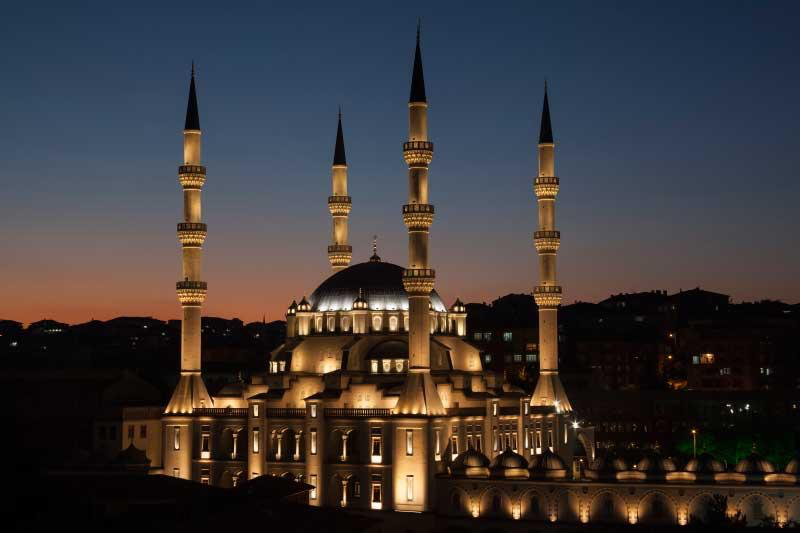
Kırıkkale Nur Mosque
Kırıkkale cuisine exhibits all the characteristics of the Central Anatolian cuisine. Bulgur, dough, and meat are used intensively in the dishes. Among the most famous dishes are bulama, yarma, sızgıt, kuymak, madımak, and tarhana soup.
Places to Visit
- Çeşnigir Bridge: The bridge, built during the Seljuk period, is a 13th century work. It is 110 meters long with 3 different belts with cut stones.
- Weapon Industry Museum: Kırıkkale, which has also been used as a weapon production center starting with the Republican Period, emphasized this feature in 1990 with a museum.
- Ceritkale Rock Tombs: These tombs, located in Keskin district of Kırıkkale, are very old monuments belonging to the Iron Age period. Later, some additions belonging to the Roman period are also discovered in the tombs.
- Ballı Mosque and Tomb: This is a Seljuk work built in the early 12th century, which is 20 kilometers away from the city center.
- Sulu Cave: Located within the boundaries of Keskin district, the cave was used as a settlement in Byzantine period.
- Karaahmetli Nature Park: Beautiful scenic spot for picnics and relaxing in natural beauty.
- Hasandede Mosque and Tomb: The mosque was built in 1605. The single-domed mosque of the Ottoman period is known for its unique architectural feature.
- Haydar Sultan Mosque and Tomb: The place where the mosque was built consists of the Roman and Byzantine ruins. It was converted into a mosque in Ottoman times. Today it is used as a shrine.
- Sheikh Shamil Mosque and Tomb: The 15th century mosque has a simple structure.
- Celal Bayar Park: Celal Bayar Park on the edge of Kızılırmak is ideal for a weekend picnic.
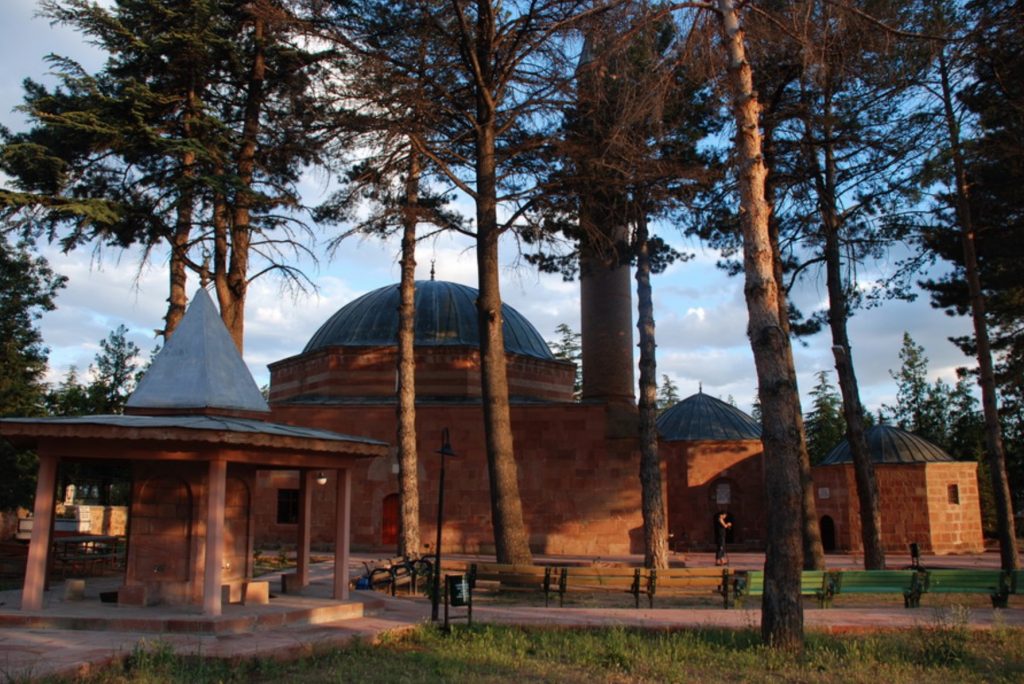
Hasan Dede Tomb and Mosque
Festivals
The Yahşihan Yoghurt Festival is held every year in September, and the Karakeçili Culture Festival is an important event where you can find natural products of the region, along with regional delicacies.

Traditional Kırıkkale House
How to Get There
It is very convenient to access Kırıkkale in Central Anatolia. Kırıkkale is a 1–hour drive from Ankara. If you prefer the railway, the Lake Van Express, Southern Kurtalan Express, and the Eastern Express pass through Kırıkkale. Ankara Esenboğa Airport is only 92 kilometers away if you want to access Kırıkkale by plane.

